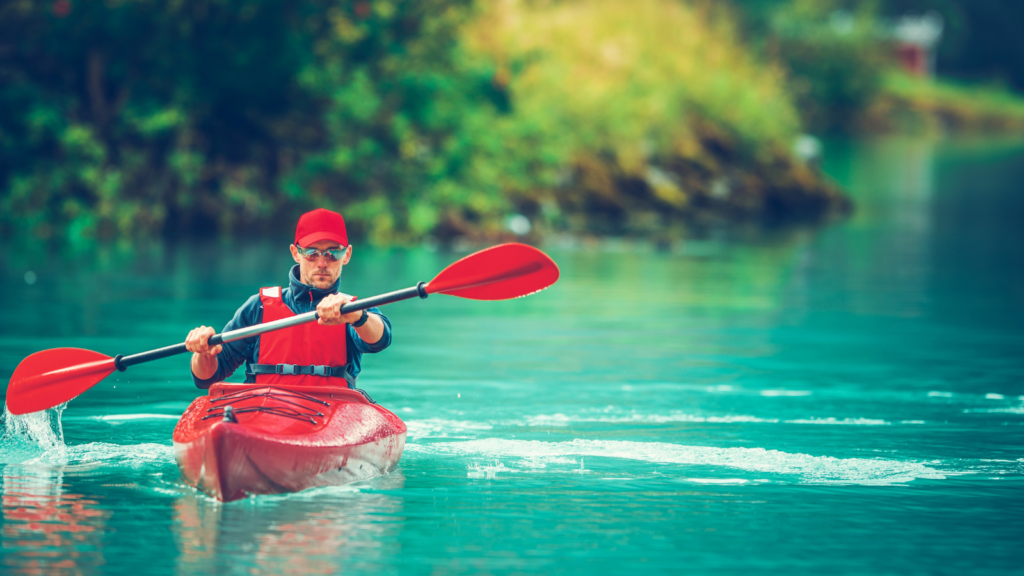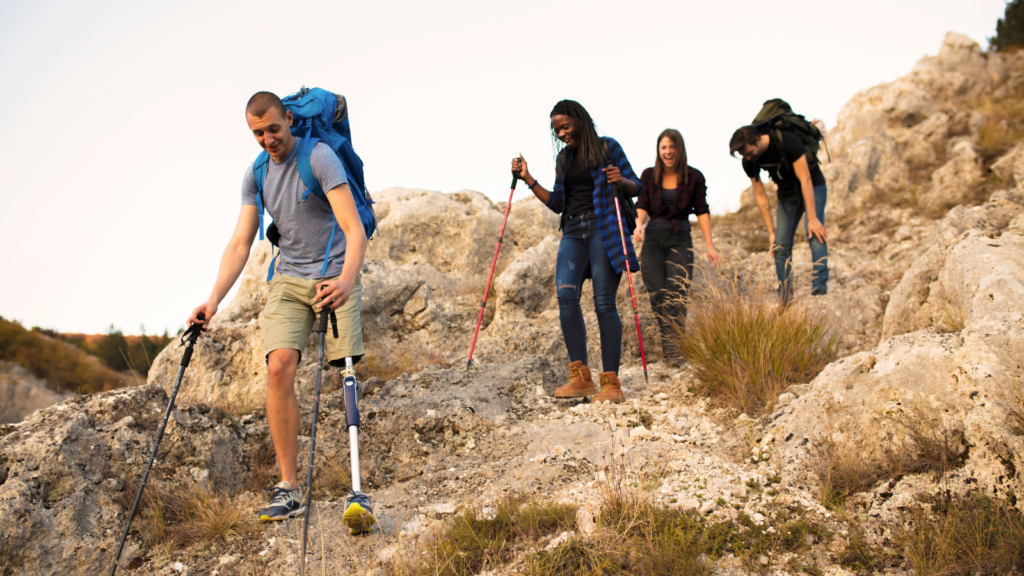In the hustle and bustle of today’s fast-paced world, recreation and leisure have become more than just time-fillers. They’re an essential part of a balanced lifestyle, fostering well-being and enriching our lives. This article will delve into the fascinating world of introduction to recreation and leisure, exploring their significance and varied forms.
Introduction to Recreation and Leisure

With the preceding context serving as a primer on the vitality of recreation and leisure, an exploration into what these activities exactly entail becomes essential. Essentially, introduction to recreation and leisure epitomize non-obligatory activities, pursued voluntarily for the delight, satisfaction, and joy they propagate. Offering an antidote to a humdrum existence, they shape life with rich textures, hues, and rhythms, giving life its true essence.
Recreation and leisure activities, undeniably, emerge as stress-busters in a world burdened by increasing responsibilities. They present an active respite from routine life, fostering mental and physical well-being. Indulging in recreational activities, like reading books, gardening, or playing a musical instrument, can elevate mood, stimulate cognition, and promote a sense of fulfillment. Meanwhile, leisure activities—not limited just to sports and outdoor excursions—extend to art, music, travel, or simple relaxation, boosting morale and rejuvenating the spirit. Their effects resonate in every aspect of life, promoting holistic development and improving the quality of life.
Historical Perspectives on Leisure Activities

Introduction to recreation and leisure benefits alone doesn’t suffice; delving into their history quickens the comprehension of their societal impact, too. Ancient civilizations valued leisure immensely, recognizing its role in personal development and social bonding. For instance, ancient Greeks regarded leisure as a high-standing societal element, using it as a platform for discussing philosophy, politics, and art. It helped spark intellectual debates and cultivate a thoughtful society.
Leisure in the Middle Ages, on the other hand, got embroiled in religious purpose, with most leisure activities designed to foster religious principles and values. The concept of leisure continued to evolve with the advent of the Industrial Revolution—when work and leisure became distinctly separated. It became a way to recharge after laborious work, marking the birth of the “leisure industry” with the growth of theaters, bars, and leisure parks.
Types of Recreational Activities
Diverse in nature, recreational activities encompass a wide array of pursuits impacting individuals differently. They primarily classify into two fields: indoor and outdoor recreation, which can further categorize into solo and group activities, each with unique advantages.
Indoor vs. Outdoor Recreation

Indoor recreation refers to activities carried out within a building’s four walls, such as: playing chess, reading a book, practicing yoga. Typically, it’s associated with low impact, further promotes relaxation, and reduces mental stress. Despite the confined space, it allows endless possibilities of exploration.
Conversely, outdoor recreation involves activities conducted in open-air environments, like: hiking, cycling, camping. It often entails physical exertion, translating into a more vibrant health profile. Introduction to recreation and leisure provides individuals with an opportunity to connect with nature, fostering a deeper appreciation for the environment.
Solo vs. Group Activities
Solo recreational activities, examples include painting, meditation, solo treks, offer a cherished space for introspection and self-improvement. Many individuals prefer these as they offer flexibility, personal freedom, and encourage independent thinking.
On the other hand, group activities, such as team sports, dance classes, book clubs, fuel social interaction and community bonding. Participating in them improves communication skills, fosters leadership qualities, and enhances the ability to work in teams.
Recreation And Leisure
Introduction to Recreation and leisure are essential components of a balanced lifestyle, offering a respite from daily routines and contributing to overall well-being. They’ve evolved through history, shaping societal norms and personal preferences. Whether it’s the tranquility found in solo indoor activities like chess and yoga or the thrill and camaraderie in outdoor team sports, there’s something for everyone. The physical health benefits of active pursuits, like swimming or cycling, are undeniable. But let’s not overlook the mental well-being derived from mind-stimulating activities. So, it’s clear – incorporating recreation and leisure into one’s life isn’t just fun, it’s beneficial on multiple levels.


